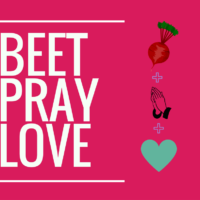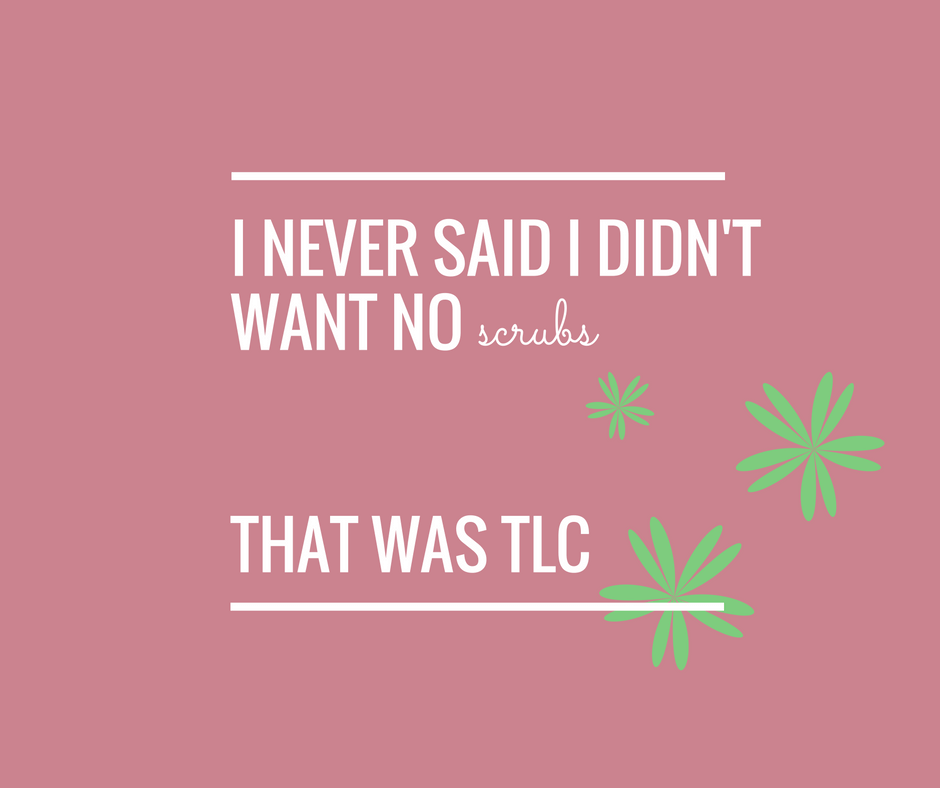How pig fats are smuggled into your cosmetic and hair care products
The slaughter industry has a big problem to get rid of the large amount of pig fat they amass in their slaughter houses.
They try to sell this off in many disguises and they don’t need by law to declare where it comes from.
According to Richard Lutwyche, a British pig farmer, “in the UK, big commercial farms send their pigs to large abattoirs. The abattoir will find different markets for all the by-products”, he says. “Everything they can’t sell they have to incinerate, so it’s in their best interest to sell as much as they can.”
A pig can be used in up to 185 products such as ice cream, whipped cream, sweets and paint. Parts of the pig are also used in liquid shampoos and liquid soaps. Detergents in these products are sold in most high street shops as it makes a cheap shampoo base. Fatty acids from bone fat are also used to give them a pearl-like appearance.
In solid soaps, detergents for cheap bars of soap are made from animal fats such as pig fats and fatty acids from the bone fat act as a hardening agent and give it colour.
Most glycerine moisturisers also contain fatty acids from bone fat as they make a cheap moisturiser. Generally, if you buy a high street brand of cosmetic with glycerine in, it will most likely be cheap pig fat glycerine. Also parts of the pig are used in face masks along with collagen to help reduce wrinkles and lines.

